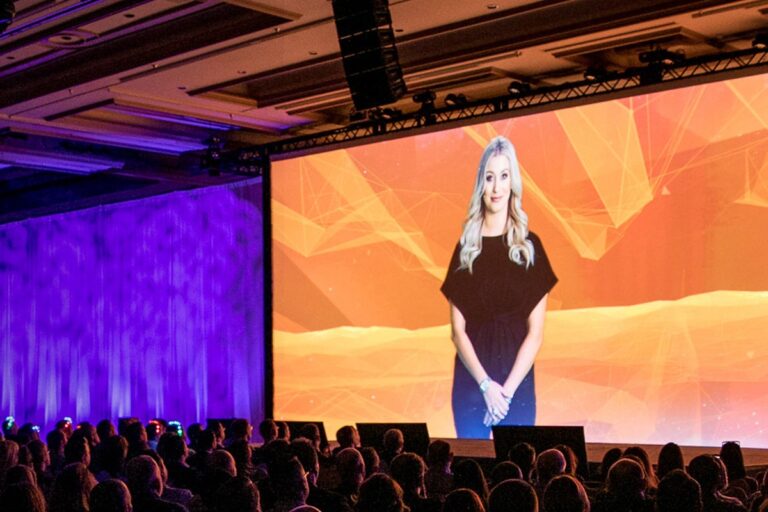Investigating The Way Definition Influences the Performance and Aesthetic Quality of Light Emitting Diode Walls in Contemporary Display Techniques
Investigating The Way Definition Influences the Performance and Aesthetic Quality of Light Emitting Diode Walls in Contemporary Display Techniques
Blog Article
LED walls are becoming more and more common in various settings, from musical events and athletic competitions to business presentations and art installations. One of the most crucial elements that affect the performance and visual quality of these displays is image clarity. Image resolution denotes the number of picture elements that make up the image on the screen. Higher image clarity indicates additional picture elements, which can lead to sharper and clear images. Grasping how image clarity impacts LED screens can assist operators make informed choices about their display needs.
When talking about image clarity, it is crucial to take into account picture pitch, which is the distance between the center of one pixel to the midpoint of the following picture element. A reduced picture pitch results in a greater image clarity, allowing for more clarity in the images displayed. For example, an LED screen with a picture spacing of 1.5mm will provide a clearer image than one with a pixel pitch of 3mm. This is especially crucial in settings where viewers are close to the screen, such as in a small location or a exhibition event booth. In these cases, a greater resolution can significantly improve the observing quality.
Another factor of image clarity is its effect on hue accuracy and brightness. LED screens with greater image clarity often have superior hue reproduction, indicating that the hues displayed are more vibrant and realistic. This is essential for applications like advertising, where the goal is to capture interest and convey a message efficiently. Additionally, greater resolution displays can maintain luminosity levels even when viewed from different angles. This is crucial in big venues where audiences may be positioned at different ranges and angles from the display.
The functionality of LED screens is also affected by image clarity in terms of update rates and response times. A higher resolution display can handle faster refresh rates, which is essential for dynamic content such as videos and animations. This means that the images on the screen will look more fluid and more seamless, enhancing the total observing experience. In contrast, lower resolution displays may struggle with fast-moving led wall rental for customer appreciation events content, leading to blurriness or lag. Therefore, for events that rely on dynamic images, choosing a display with a suitable resolution is critical.
In summary, image clarity plays a crucial role in defining the functionality and image clarity of LED screens. Elements such as picture pitch, color accuracy, brightness, refresh rates, and response durations all contribute to how effectively a screen can communicate data and capture audiences. As advancements continues to progress, grasping these factors will assist users select the right LED wall for their specific requirements, guaranteeing that they obtain the optimal possible results in their presentations and events.